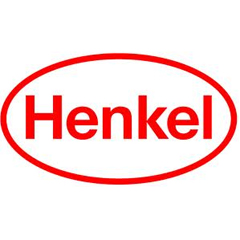Faster rotor blade bonding thanks to new technology.
The energy turnaround and the push to expand renewable energy generation is posing major challenges for manufacturers of wind energy plants. To ensure economic viability, efforts are focusing first on improving the availability and productivity of existing production facilities. One of the wind energy industry’s top priorities is to maximize utilisation rates by speeding up manufacturing processes in order to reduce unit costs and achieve a rapid payback on investments. The use of new material technologies is making an important contribution to this.
In rotor blade production, one obvious way of accelerating the process would be to use polyurethane-based adhesives for rotor blade bonding, although these represent a very recent development in the wind power industry. Traditionally, blade shells and spars have been bonded using two-component epoxy resins. While these materials reliably meet the extremely high mechanical specifications, they are rapidly reaching their limits when it comes to the automation of manufacturing processes. New technologies are therefore needed to speed up and automate production.
Henkel is now presenting a solution in the shape of its newly developed polyurethane adhesive Macroplast UK 1340. The specialist in high-performance polyurethane adhesives has succeeded in developing a PUR adhesive that satisfies the specific mechanical requirements for use in the wind power industry and, on top of this, makes rotor blade production
more efficient.
Higher capacity utilisation through faster curing
One of the major benefits offered by Macroplast UK 1340 is its accelerated
cure speed. Polyurethane-based adhesives react much faster than the epoxy resins used up to now. Since it is not only highly reactive but also produces less reaction heat, this two-component adhesive considerably reduces both the duration and the temperature of the cure phase.
Extensive tests have shown that substantial reductions can be achieved in bonding and tempering times. The lower cure temperature also has a positive impact on energy consumption in addition to reducing the risk of stress cracking due to excessive thermal loading. And heat-sensitive foam inserts also remain unaffected.
What is more, Macroplast UK 1340 satisfies the high mechanical demands for this application, as confirmed in a variety of tests. The key criterion for achieving the technology shift is described by Nicole Schlingloff, product developer at Henkel who played a major role in developing this product: “One absolute essential for wind energy plants is that they have to be in technically perfect condition. Rotor blades are among the most highly stressed components one can imagine. Even the tiniest flaws can have disastrous consequences, and that can result in high costs for repairs, downtime, or even replacement of complete rotor blades. For all of those reasons, we had to make sure that Macroplast UK 1340 would entirely satisfy the market’s high demands.”



























